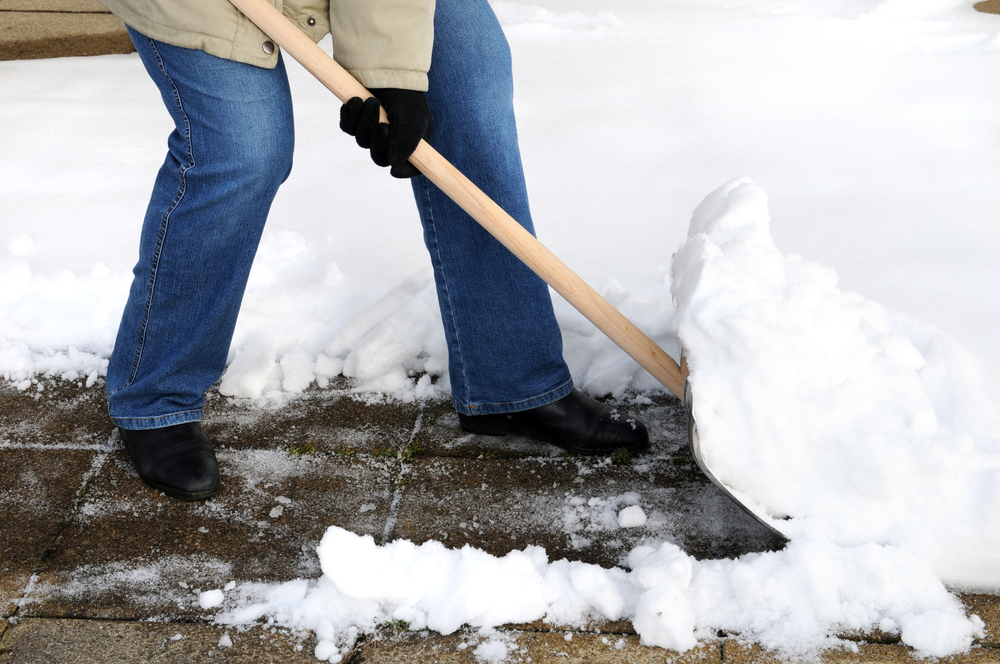
Winter is just about here! During this time of year, most of us worry about the flu, the common cold, and other winter ailments. However, you should also be conscious of bodily injuries!
Icy walkways and slippery driving conditions can create dangerous situations. And unfortunately, your body is particularly vulnerable to injuries during the winter. As leading Long Island orthopedists, we see an uptick in patients seeking treatment for certain winter injuries. But, worry not — there are a few steps that you can take to mitigate or prevent these injuries.
1. Slipping on Ice and Snow
Walking during the winter can be tricky. We make a concerted effort to avoid thick, visible sheets of ice. Instead, we wind up stepping on the thin sheets of ice that resemble water. People also frequently step on or off the curb into a patch of ice. This is especially common for elderly people, who already have difficulty walking.
Because elderly people are predisposed to fall during the winter, slipping and falling frequently leads to hip injuries. When slipping contorts the leg in an unnatural position, it can also cause severe ankle injuries.
As a natural reaction to slipping, many people try to brace their fall with an outstretched hand, causing wrist fractures or hand injuries. Worst of all, slipping may result in a head injury, requiring severe stitching and a lengthy recovery. An orthopedist can offer therapeutic or surgical treatment to relieve pain.
Stay alert when walking during the winter, especially at night, when ice may appear to be regular pavement.
2. Shoveling Snow
The appeal of a snow day transcends generations. However, so does the collective dread for shoveling snow.
This is for a pretty good reason. Due to the overwhelming stress, shoveling snow can cause you to pull muscles in the back and shoulders. This is especially true when overexerting yourself to cover a larger area. As with any repetitive motion, the actions of digging, lifting and throwing snow are a perfect recipe for back pain. As any orthopedist would tell you, the bitter cold temperatures make this process (and the potential for injury) even worse.
To lower back pain, you should adopt the proper shoveling posture and technique. Always keep your knees bent, so that the stress is placed on your legs, not the back. Place one hand close to the blade, and the other further up the handle. This is to prevent upper back and neck pain. Always turn your whole body when moving the snow, rather than twisting. Finally, shovel smaller, more manageable loads at a time to limit stress. While it may take a longer time, it will do less damage.
3. Winter Sports
Whether you are on a skiing trip with friends or hitting the local slopes with family, winter sports are a blast. Ice hockey, sledding, and ice skating are all great cold-weather activities. But for a Long Island orthopedist, winter sports inspire a huge influx of injuries.
The same injury prevention principles for slipping and falling apply to winter sports. Navigating snowy and slippery areas make your back, wrists, and other body parts vulnerable to injuries. Moving at higher speeds also puts you at greater risk to have a crash with a tree, rock, or dangerous object.
Whether they’re recreational or organized, be sure to use protective gear whenever participating in winter sports.
4. Car Accidents
There’s a reason that it’s recommended to stay indoors during and after winter storms. The driving conditions that follow winter storms can be disastrous. Usually, winter driving conditions may only be an issue a few times per year. However, it’s a time to adjust your speed and be more attentive than ever.
While four-wheel drive is good for navigating wintry roads, that doesn’t mean that these vehicles are infallible. They can still easily lose traction in the ice. Additionally, you should keep distance between yourself and the car in front of you. It will give you more time to react in the event of a skid. When you know you are approaching a turn, or are nearing a stoplight, start braking much earlier than usual. Many modern cars have an ABS (anti-lock brake) system that activates when drivers brake, preventing traction loss.
But these precautions are only so effective. Even when exercising the highest degree of caution, some drivers still find themselves in accidents. So, even days after storms, stay alert of road conditions.
Auto accidents in the winter can result in many injuries, including head, arm, leg, back, and other body parts. Orthopedists can help you to overcome pain from these injuries, but prevention is the best treatment.
Conclusion: Be Safe During the Winter
At Central Orthopedic Group, we’ve helped Long Island navigate winter injuries season after season.While everyone should enjoy the pleasures of winter, it’s important to be very careful while doing so. An orthopedist can help you to overcome the tension and stiff bones that winter often brings. For more information about how to keep your body safe during the winter, contact us.
